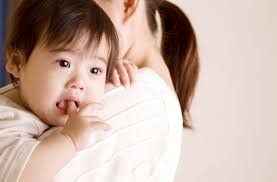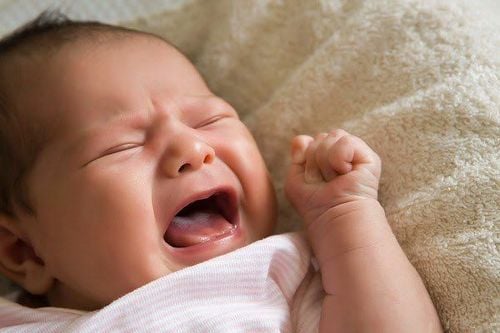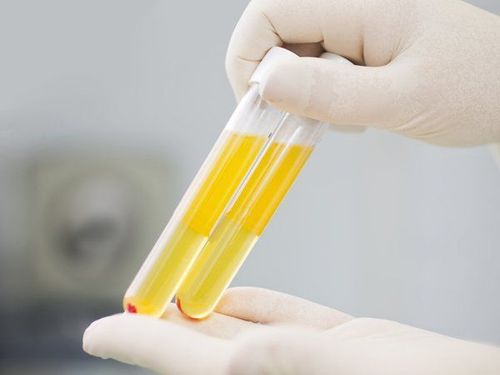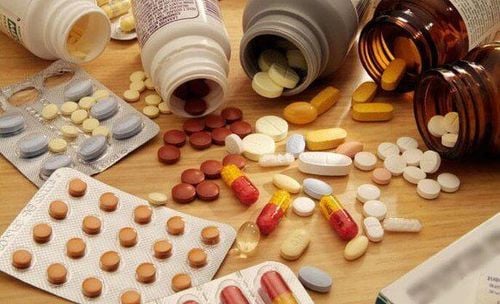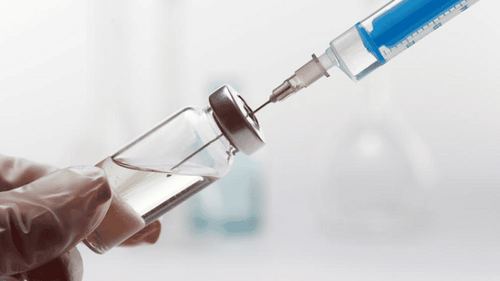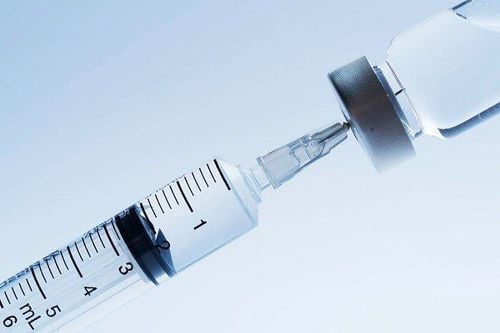This is an automatically translated article.
The article was consulted with Master, Doctor Do Nguyen Thuy Doan Trang - Cardiovascular Center - Vinmec Central Park International General Hospital.1. What is Kawasaki disease?
Because Kawasaki disease affects the lymph nodes, skin, and mucous membranes inside the nose, mouth, and throat, it is also known as lymph node mucosal skin syndrome.Kawasaki disease is an acute state of fever or generalized rash in young children, it is a disease that causes inflammation in the walls of small and medium-sized arteries throughout the body, including the coronary arteries, which supply blood to the body. heart muscle.
Kawasaki disease mostly occurs in children; Most of the patients were children under 5 years old. In fact, the incidence is more than twice as high in men than in women.
If not treated promptly, Kawasaki disease will cause damage in the vessel wall, causing the coronary artery wall to become weak and forming an aneurysm. This is very dangerous, they can block blood flow to the heart muscle.
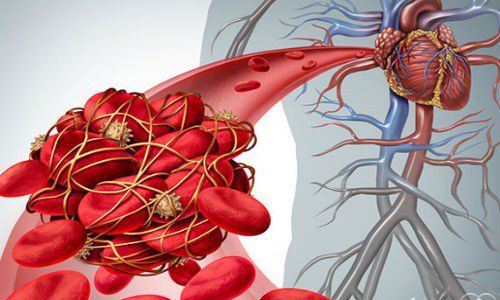
2. Diagnosis of Kawasaki disease in children
The diagnosis of Kawasaki disease in children is mainly based on a combination of common clinical symptoms combined with a number of tests, mainly echocardiography, but it is also quite difficult because partly because of the child's age. small enough to not show complete symptoms.Symptoms of Kawasaki disease are divided into 2 stages.
In the early stages of the disease, symptoms can last for more than 1 week, including:
The child has a high fever continuously Red and swollen eyes; Whole body rash ; Swollen and cracked lips and tongue; Swollen limbs ; Swollen lymph nodes in the neck. At this stage, cardiovascular problems will also arise. In the later stages, the child has a high fever that lasts for 2 weeks. Accompanied by, the skin of the feet and hands of the child has signs of scabbing in small patches.
In addition to the main symptoms mentioned above, the disease has many other signs worth noting, including:
Abdominal pain Vomiting Diarrhea Enlarged gallbladder Temporary hearing loss.
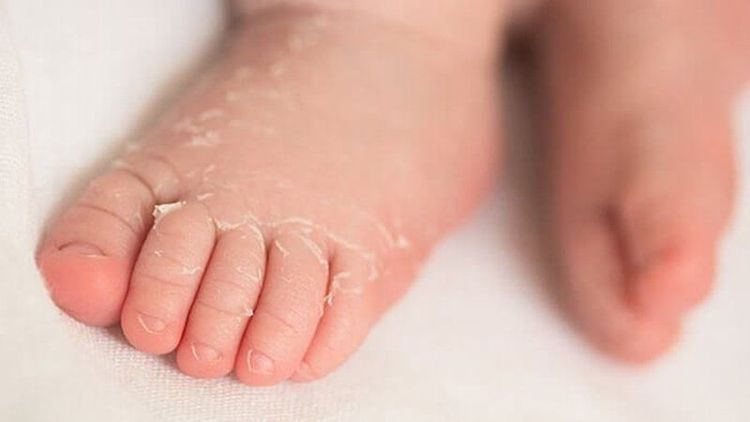
3. Diagnostic criteria for Kawasaki disease
There are 5 out of 6 major clinical symptoms. Or 4 main clinical symptoms associated with coronary artery dilation or aneurysm. Or at least 4/5 major symptoms (Continuous high fever for more than 5 days is mandatory criterion). However, diseases with similar clinical manifestations must be excluded. Therefore, if your child has the above symptoms, take him to see a doctor immediately. Timely treatment is essential, it will help limit dangerous cases as well as the risk of complications on the cardiovascular system.4. Treatment of Kawasaki disease in children
4.1. Initial treatment To reduce the risk of complications from Kawasaki disease, doctors will ask patients to start treatment for the disease as soon as possible. The goal of initial treatment is to reduce fever and at the same time prevent heart damage. The best advice when treating Kawasaki disease in children with Kawasaki disease is to be treated in a hospital. Here, children will be given drugs to prevent damage to the coronary arteries:Gamma globulin (IVIG): Intravenous high dose Gamma globulin is the treatment of choice for patients with Kawasaki disease. Intravenous globulin drugs will help reduce inflammation, redness, and swelling of blood vessels in the body. In addition, Gamma globulin can also help reduce fever and reduce symptoms of rash; may reduce the risk of coronary artery problems.. Aspirin (ASA): Use high-dose Aspirin along with Gamma globulin during the acute phase of the illness until the fever subsides. Take aspirin 3 times a day. Aspirin can help reduce pain, reduce fever, fight inflammation, and limit the risk of blood clots forming. Treating Kawasaki disease with aspirin requires caution because of its association with Reye's syndrome, a rare but potentially life-threatening condition in children. And children should only use aspirin under the supervision of a doctor. And if your child shows signs of chickenpox or the flu while taking aspirin, take them to the doctor right away.
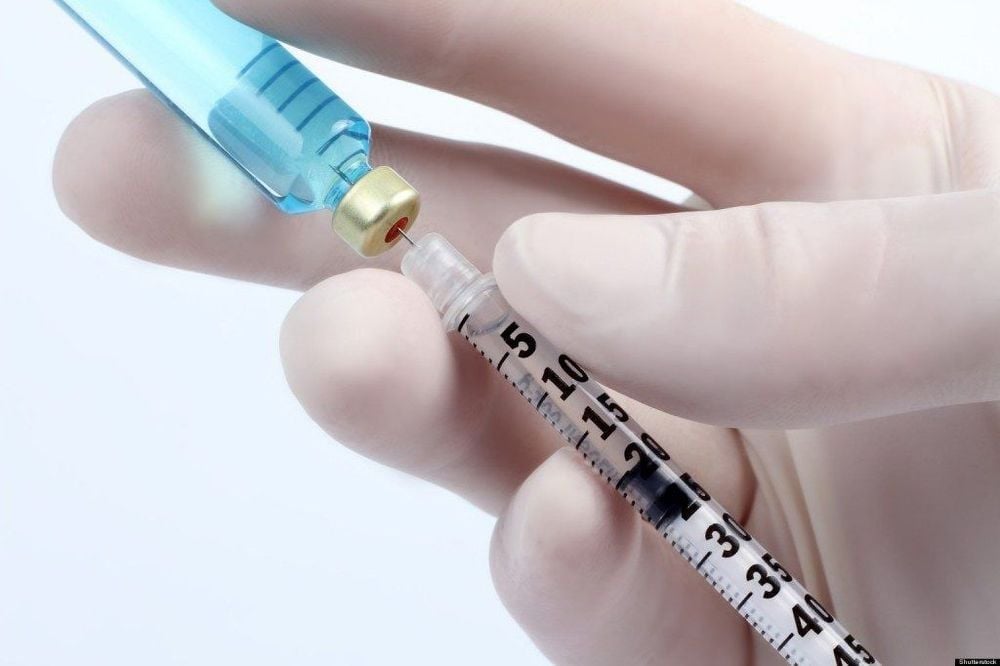
If heart problems persist, the child needs to be treated by a pediatric cardiologist. Treatment for heart complications associated with Kawasaki disease depends on the type of heart disease. If an aneurysm ruptures, treatment may include anticoagulants, stenting, or surgery.
5. Exercise, maintain a healthy lifestyle
Although Kawasaki disease can have a normal electrocardiogram after treatment, it is not known whether the child will develop any cardiovascular complications in adulthood. Therefore, maintaining a healthy lifestyle is extremely important, especially for children who have:Add nutritious, heart-healthy foods; Actively participate in extracurricular activities at school, practice sports regularly every day; Limit the use of stimulants that can cause cardiovascular disease such as: Smoking, coffee ..
6. Some issues parents need to pay attention to
Kawasaki disease in children will make the child feel tired and irritable, so parents should try to comfort the child, do not let the child become exhausted. If your child has dry skin, you can use lotions to provide moisture for your baby's fingers and toes. After being treated with immunoglobulins, parents should wait at least 9 months before giving their children the vaccine. Because vaccination too soon after treatment will often reduce the effectiveness of the vaccine. Using aspirin, parents need to be especially careful with children who have chickenpox because this can cause Reye's syndrome, which is very dangerous for children. It is also worth noting that when a child is taking aspirin and has contact with a patient with chickenpox, it is necessary to notify the doctor immediately. Kawasaki disease, if treated promptly, will help limit dangerous cases as well as the risk of cardiovascular diseases. Hopefully with the above information, parents will have more knowledge as well as timely treatment solutions for their children as soon as there are symptoms that suspect the child has the disease.Please dial HOTLINE for more information or register for an appointment HERE. Download MyVinmec app to make appointments faster and to manage your bookings easily.





